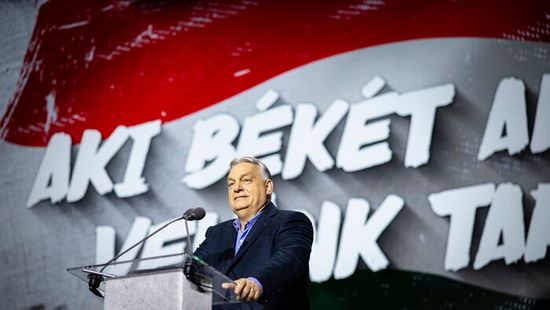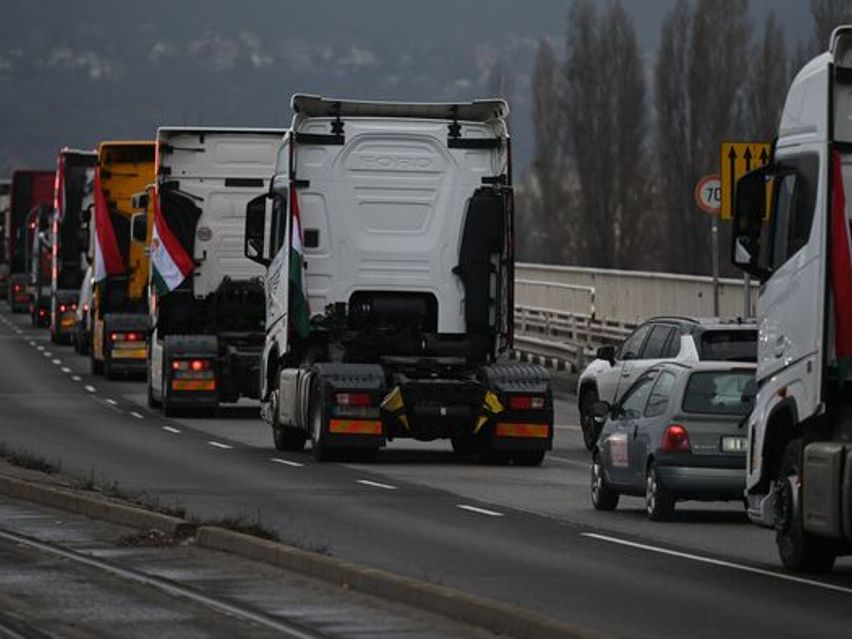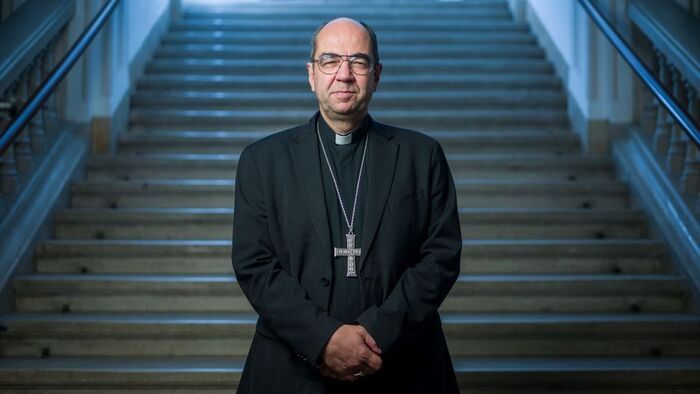Budapest Mayor Gergely Karacsony published his program to discourage the use of diesel vehicles through "positive and negative incentives" already at the beginning of 2019. The details came out a few days later. In a TV interview, he said that life in the city would be better if there were fewer cars, which could be achieved by making public transport cheaper and building P+R parking lots. Nothing has happened since.
The boulevard has fallen
In the spring of 2020,
during the first wave of the coronavirus epidemic, Karacsony and his team started to set up a bike lane on Budapest’s grand boulevard,
whose road surface markers were often painted at night, paralyzing the city center in the morning. The president of the Hungarian Automobile Club warned that from September 2020, the start of the school year, there would be traffic chaos in the city center – and that is exactly what happened.























Szóljon hozzá!
Jelenleg csak a hozzászólások egy kis részét látja. Hozzászóláshoz és a további kommentek megtekintéséhez lépjen be, vagy regisztráljon!